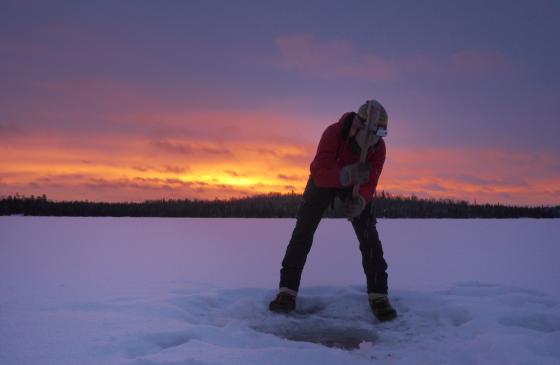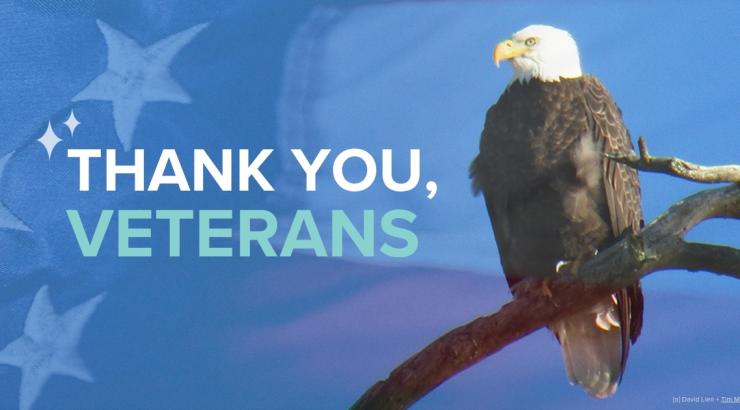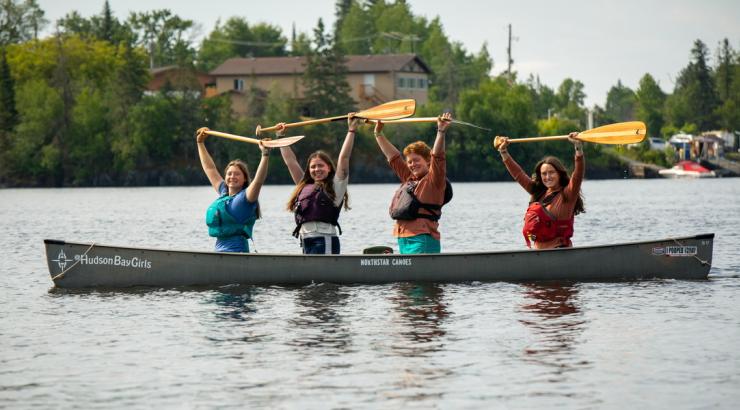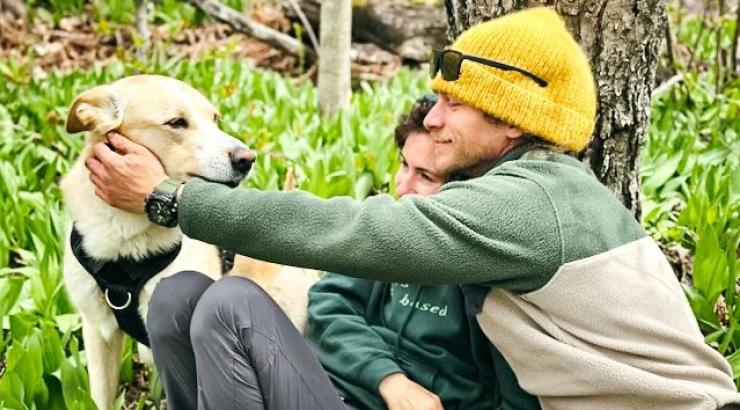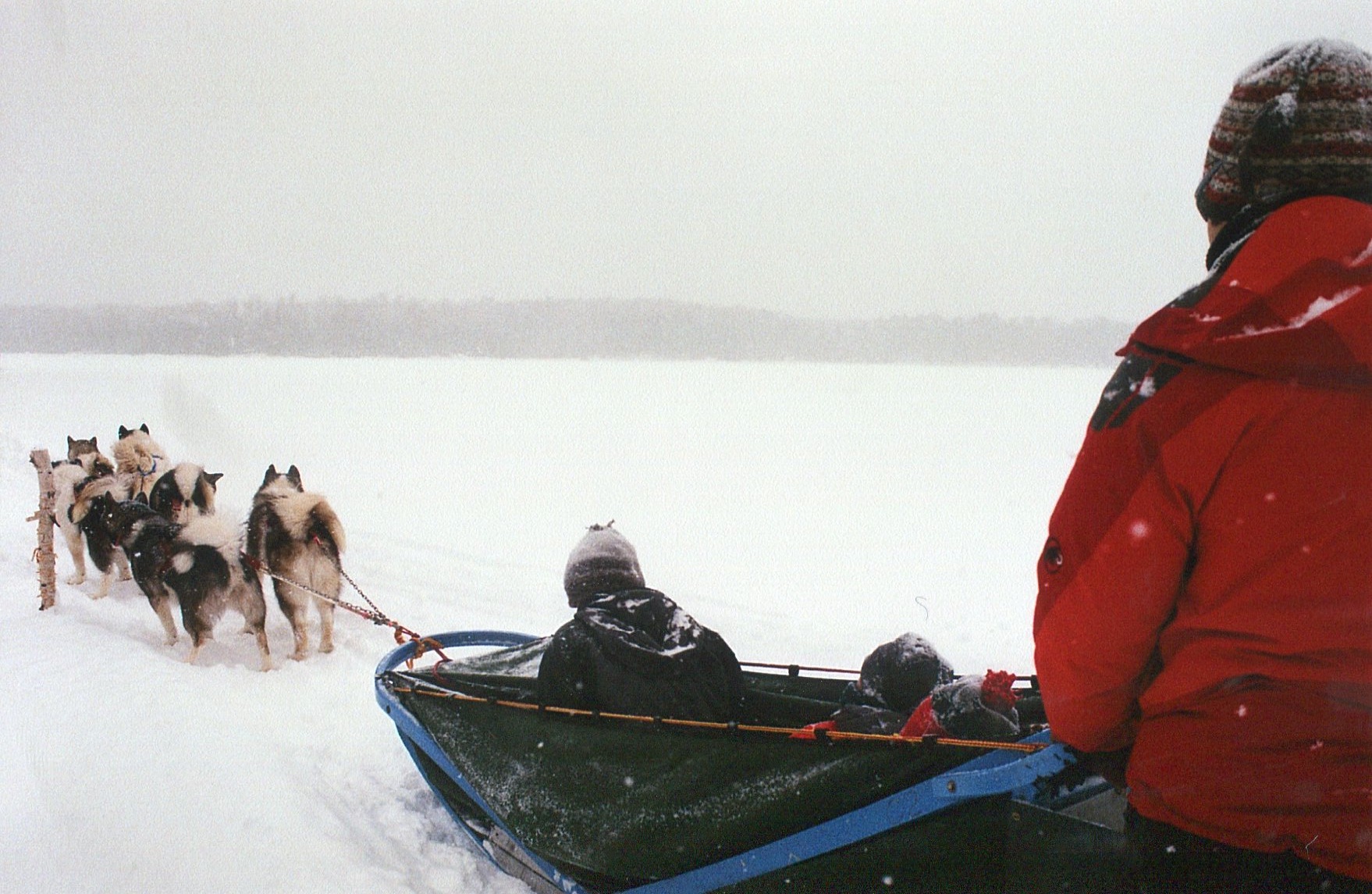 Appreciation for wilderness is part of who I am. I think it is a part of all of us. My passion for the wilderness began on canoe trips in the Boundary Waters Canoe Area Wilderness in Minnesota. I grew up paddling and camping there with my parents. My appreciation has only continued to grow. I've guided dogsledding trips out at Wintergreen Dogsled Lodge, played my fair shake of broomball, met adventurers like Dave and Amy Freeman and even embarked on a solo canoe trip.
Appreciation for wilderness is part of who I am. I think it is a part of all of us. My passion for the wilderness began on canoe trips in the Boundary Waters Canoe Area Wilderness in Minnesota. I grew up paddling and camping there with my parents. My appreciation has only continued to grow. I've guided dogsledding trips out at Wintergreen Dogsled Lodge, played my fair shake of broomball, met adventurers like Dave and Amy Freeman and even embarked on a solo canoe trip.
Living in Ely, a community based on its proximity to wilderness, has turned my passion to action. It led me to a yearlong internship with the Campaign to Save the Boundary Waters supporting our goal to protect the clean water and forest landscape of the Boundary Waters and its wilderness community out of Sustainable Ely. We started by scrapping old paint off of the façade of a quaint house on the main drag of Ely. There, we collected signatures on a Wenonah canoe to be paddled to Washington D.C. and presented as a petition to President Obama. No one could anticipate that the Paddle to DC would make waves in every town that it passed through, across America and Canada, and become a true movement.
Sustainable Ely serves as the very active birthplace of the Campaign to Save the Boundary Waters. There, we host monthly movie nights, bring in nationally recognized speakers, connect adventurers to the issue and host discussions on the mining threats. Next time you venture out to enjoy the beautiful wilderness lakes and serenity here, stop by Sustainable Ely and see the work that goes into protecting the Boundary Waters and its wilderness-edge communities.
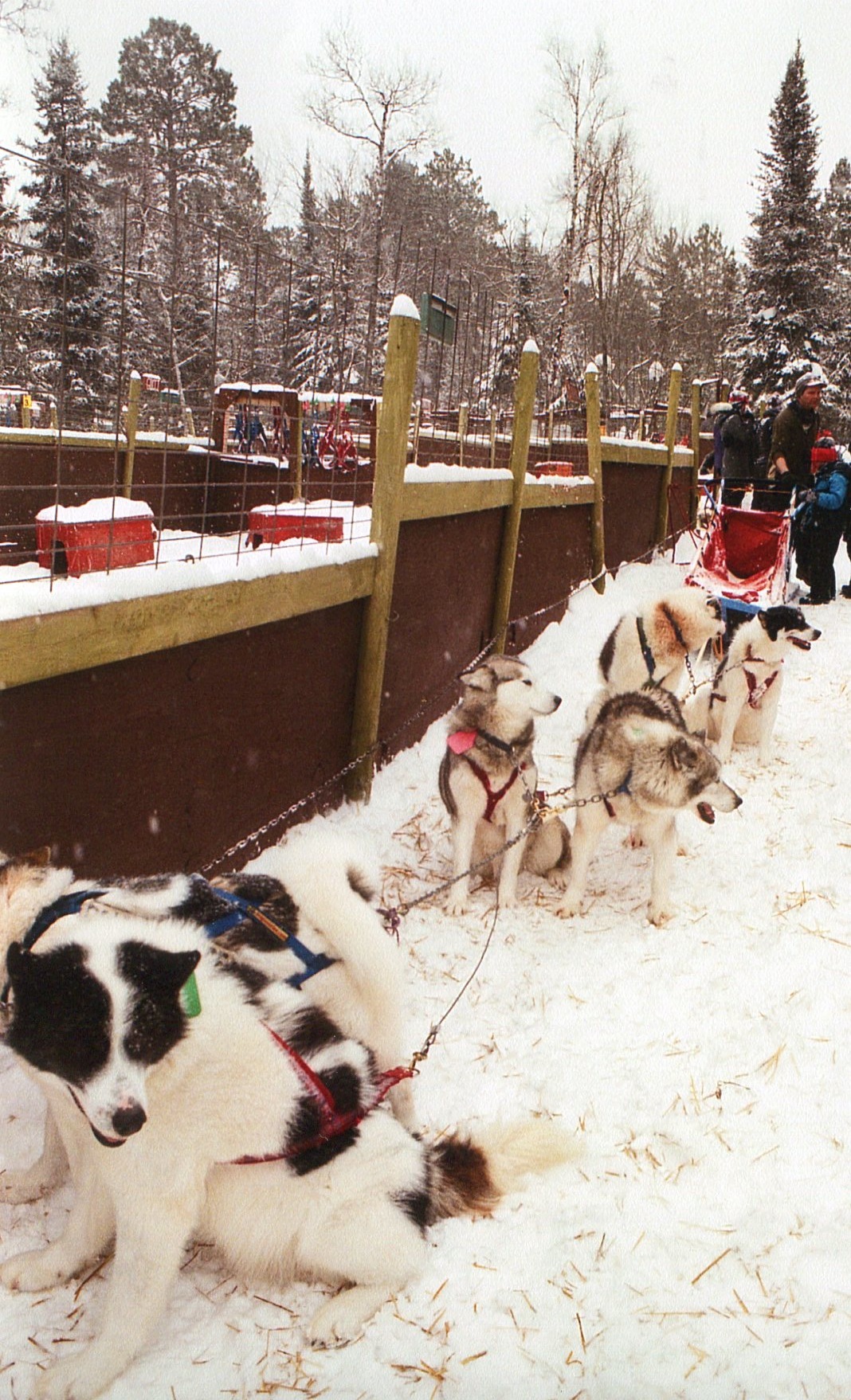 As users of this land, we have to remember that it is not an accident that the Wilderness exists. It is not an accident that some of our most beautiful and precious wild places are set aside for public use. It took action.
As users of this land, we have to remember that it is not an accident that the Wilderness exists. It is not an accident that some of our most beautiful and precious wild places are set aside for public use. It took action.
Activism and adventure go hand in hand; they are part of our national heritage reaching back to Lewis and Clark, Alexander McKenzie and others who explored and mapped the vast expanses of North American wilderness. Adventure and social change are also not a new idea. Ansel Adams explored and documented the beauty within his favorite wilderness areas, and his images were used to expand the American National Parks System, saving these areas for generations to visit and marvel in, rather than develop.
Protecting wild places comes in many forms. Here are six simple ways that you can do your part as a wilderness traveler and speak for the trees:
1. Learn about the existing threats to the area that you are enjoying. Being informed is the first step to action. Want to understand the threat of sulfide-ore copper mining to the Boundary Waters, scroll our homepage.
2. Do something cool! Next time you go adventuring, share those images and stories with a purpose. We'd love to see your Boundary Waters photos on Instagram.
3. Share your experiences on social media! Next time you post a picture or share a story of your favorite place, tag the organization working to protect it. Share your Boundary Waters story with us on Twitter or Facebook.
4. Find a relevant #hashtag and use it. This is sometimes the easiest way to spread information about an issue. We use #SavetheBWCA.
5. Tweet your representative. Tell them that you care about the issue! Tell Rep. Betty McCollum you love the Boundary Waters, for instance.
6. Work for wilderness! Spend an internship with an organization that is doing good. Working for creative team of fellow outdoor enthusiasts will not only serve wild spaces, but also inspire you in your future work and connect you to the outdoor community. We have openings right now!
Best of luck to any of you searching for your voice who will speak for the places that have none. I hope it leads you on many more outdoor adventures!
